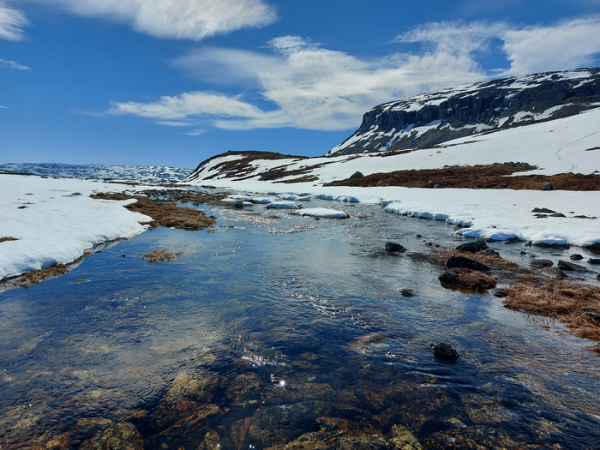Climate change is occurring at unprecedented rates, particularly in northern regions, making it a major threat to biodiversity and ecosystem integrity. Species shifting their distributions is a well-established consequence of climate change. We know less about how changing climatic conditions may cause species to shuffle between the “good”, “optimal” and “worse” parts of their niches, that is, the conditions that species can tolerate.
A new study led by researchers of the University of Helsinki leverages the unique national treasure trove of long-term monitoring data in Finland and reveals just how large the impacts of climate change have been. The researchers collated distribution data for 1,478 species of birds, mammals, butterflies, moths, plants and freshwater phytoplankton, and analysed species-specific responses to multiple climatic variables.
Over the past four decades, the climate has changed substantially, with increasing temperatures and shorter duration of snow cover. Now, conditions in the middle part of Finland resemble what they used to be for the south, and the north has inherited the climate of the mid-country.
Read more at: University of Helsinki
Landscape of northern Finland. (Photo Credit: Laura Antao)


